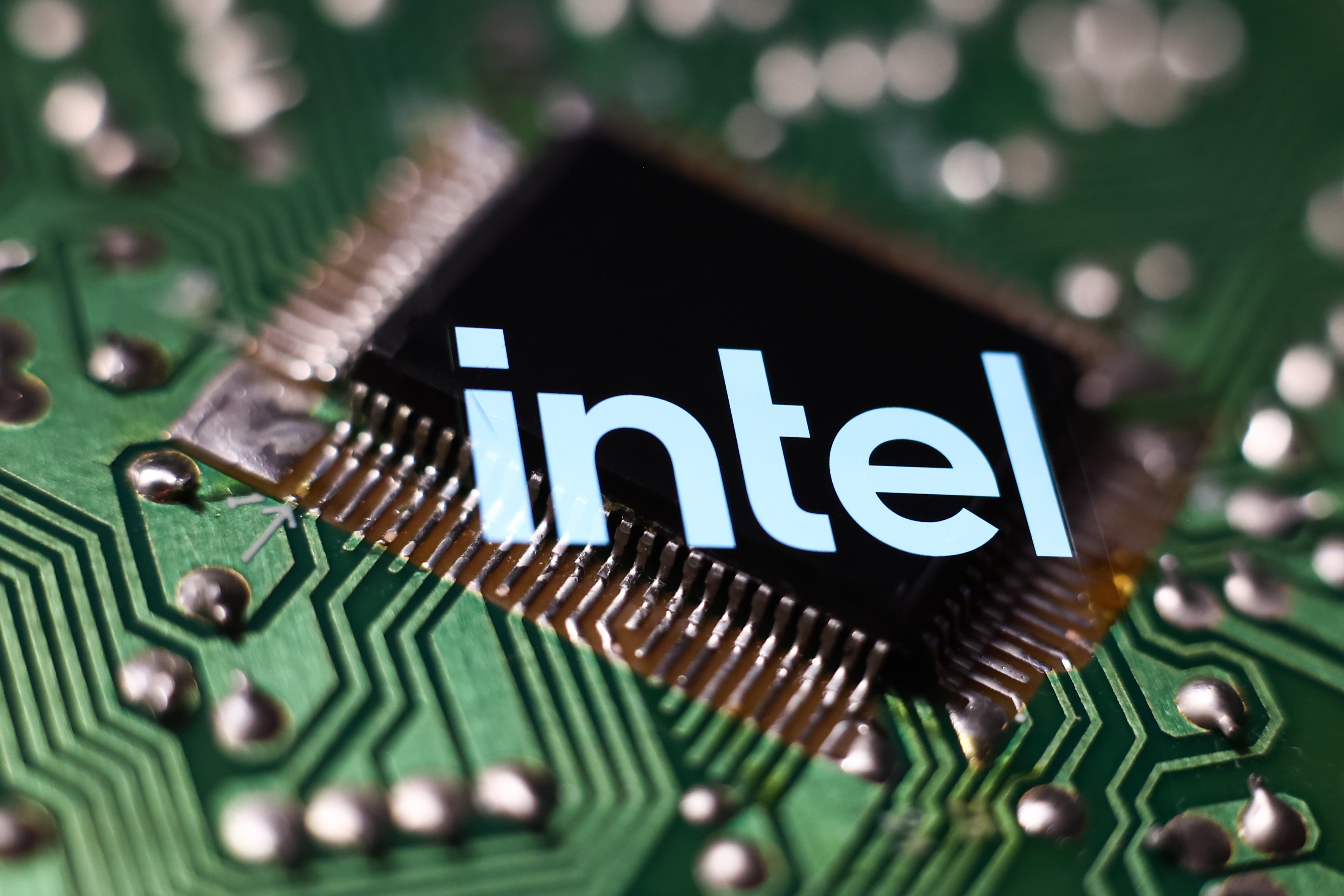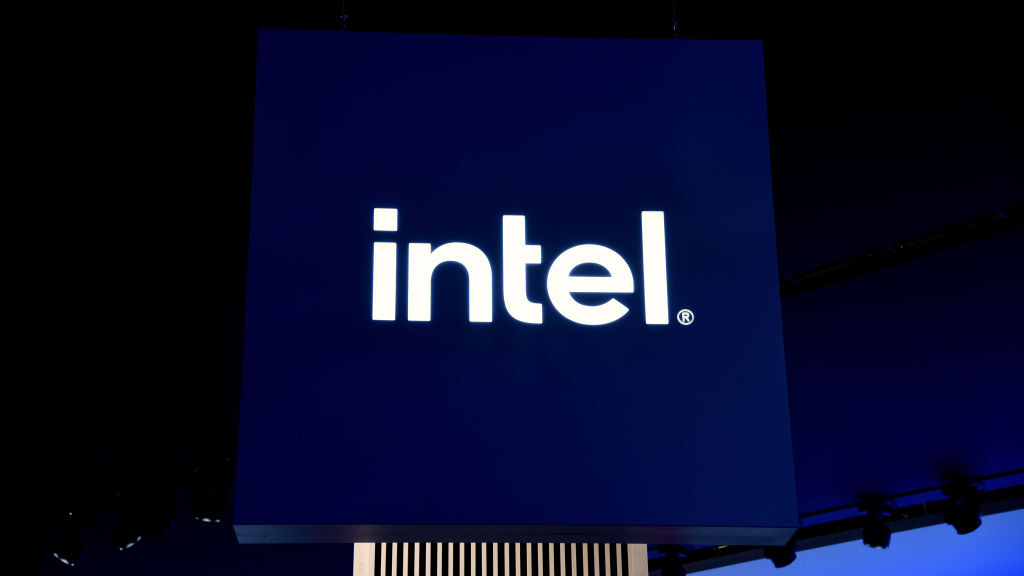Intel hints at Silicon Photonics launch at IDF 2014
Technology to allow low-power data transfer at Terabits/s

Intel is gearing up to launch its "Silicon Photonics" technology in September, after a decade of R&D.
The technology aims to overcome bandwidth, density, weight and energy efficiency issues, which are posed by today's infrastructure.
With data storage and consumption set to explode in the coming decade, Jeff Demain, business development director of Silicon Photonics at Intel, explained why the firm is looking to push optical data transfer.
"We can't continue to move data electrically because every time we try to go faster we have to burn more power ... This is the wrong direction of what we want in the datacentre and high-performance computing environment," he told journalists during a pre-brief.
"We have to move to an optical interconnect to go further, faster and thinner."
Silicon Photonics is able to scale to speeds of 1+ Terabits/s. This would theoretically allow users to transfer 2-3 seasons of a HD TV show, the contents of a hard drive or 150+ music albums in one second.
How it works
Get the ITPro daily newsletter
Sign up today and you will receive a free copy of our Future Focus 2025 report - the leading guidance on AI, cybersecurity and other IT challenges as per 700+ senior executives
Demain gave a high-level overview of the technology, with Intel planning on releasing more details this year at launch. Currently, optical devices are made from 3in expensive wafers and assembly requires tweezers - so scaling is problematic.
Although silicon is able to couple and modulate lasers it is not able to generate light. Usually the laser source is housed off the die and coupled. To overcome this problem, Intel developed a hybrid silicon laser by taking Indium Phosphide, which is used to generate the light, and bonding it directly to the wafer.
Intel has also worked with Corning to develop a cable known as "MXC". This wire, which is a little larger than a USB cable is capable of transferring data at up to 1.6 Terabits/s.
Silicon Photonics will support industry standard interfaces such as Ethernet, Inifiband, QPI and PCIe. Much like the development of USB, Intel will look to push the integration of Silicon Photonics as as standard. It will also allow partners to make adjustments to the technology.
The use cases
There will be a variety of use cases for the Silicon Photonics with Intel is expecting the technology to be deployed in the HPC, datacenter, telecoms, industrial (welding doesn't affect signal) and consumer electronics markets.
The need to increase the power efficiency of datacentres is likely to be the first area where the technology is used. Demain highlighted places like Quincy, Washington, where firms including Dell, Microsoft and Yahoo have a cluster of datacenters. All of that tech needs power, provided by the Wanapum Dam (1,000 Megawatts).
"Data-centers are at a scale where they already need to sit next to a dam. You can't just build another dam," he said.
Silicon Photonics will allow firms to upgrades such datacentres without needing to re-tool them. Intel is currently evaluating how much energy switching to Photonics will save and is likely to unveil figures at IDF in September.
Within industrial environments such as automotive manufacturing, the ability to use optical data transfer will mean that signals are not disrupted by processes such welding. This is currently a problem with electrical cables, which are subject to interference.
Intel also hopes to get the drive the implementation of the optical data transfer method in cars, laptops and TVs in the future too.
"BMW uses about 300lbs of copper wire in cars just to connect [them]. What if you could replace that 300lbs with something the weight of a USB cable?," Demain continued.
Intel is also planning on using optics to increase the efficiency of motherboards. By attaching optics to the CPU, the I/O power consumption of the sub-system will be cut in half as electricity will be transported over a shorter distance.
-
 Asus ZenScreen Fold OLED MQ17QH review
Asus ZenScreen Fold OLED MQ17QH reviewReviews A stunning foldable 17.3in OLED display – but it's too expensive to be anything more than a thrilling tech demo
By Sasha Muller
-
 How the UK MoJ achieved secure networks for prisons and offices with Palo Alto Networks
How the UK MoJ achieved secure networks for prisons and offices with Palo Alto NetworksCase study Adopting zero trust is a necessity when your own users are trying to launch cyber attacks
By Rory Bathgate
-
 Gaining timely insights with AI inferencing at the edge
Gaining timely insights with AI inferencing at the edgeWhitepaper Business differentiation in an AI-everywhere era
By ITPro
-
 Scaling AI from pilot to production: Maximize AI impact with HPE & Intel
Scaling AI from pilot to production: Maximize AI impact with HPE & IntelWhitepaper Transform AI proof-of-concepts into full-scale implementations
By ITPro
-
 UK supercomputer boom as HPE and Dell receive funding for new AI cluster
UK supercomputer boom as HPE and Dell receive funding for new AI clusterNews The UK’s AI computing capabilities will increase by an order of magnitude in 2024
By Rory Bathgate
-
 AI gold rush continues as Hugging Face snags $235 million from IBM
AI gold rush continues as Hugging Face snags $235 million from IBMNews The investment round, which brings the company's valuation to $4.5 billion, also includes Amazon, Google, Intel, and Salesforce
By Richard Speed
-
 Why is ASUS reviving Intel’s NUC mini-PC line?
Why is ASUS reviving Intel’s NUC mini-PC line?News The diminutive PC is to rise again while analysts look for the business case
By Richard Speed
-
 Intel targets AI hardware dominance by 2025
Intel targets AI hardware dominance by 2025News The chip giant's diverse range of CPUs, GPUs, and AI accelerators complement its commitment to an open AI ecosystem
By Rory Bathgate
-
 Why aren’t factories as smart as they could be?
Why aren’t factories as smart as they could be?Whitepaper How edge computing accelerates the journey to a remarkable factory
By ITPro
-
 Who needs Intel vPro®, An Intel® Evo™ Design, anyway?
Who needs Intel vPro®, An Intel® Evo™ Design, anyway?Sponsored With flexible work on the up, the demand for high performance on-the-go business laptops has never been greater
By ITPro